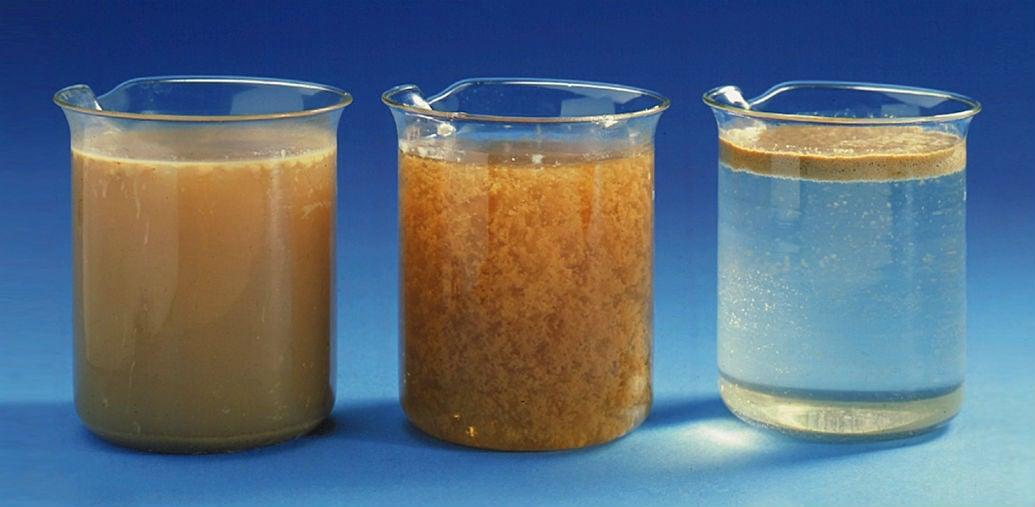Flocculant and Coagulant Market by Application: Water Treatment, Mining, and Pulp & Paper

Introduction
The flocculant and coagulant market spans a diverse range of industries, reflecting the essential role of these chemicals in maintaining environmental and operational standards. From ensuring clean drinking water to enabling resource recovery in mining and maintaining effluent standards in pulp and paper production, these agents are indispensable. Understanding their use across various applications reveals the true depth and growth potential of the market from 2025 to 2030.
This article explores the major application sectors of flocculants and coagulants—namely water treatment, mining, and pulp & paper—highlighting their unique requirements, trends, and opportunities for innovation.
Water Treatment: The Core Market Driver
1. Municipal Drinking Water
In municipal systems, coagulants (like alum and ferric chloride) and flocculants (organic polymers) are used to remove:
-
Suspended solids
-
Turbidity
-
Pathogens and microbes (via sedimentation)
-
Color and odor compounds
They are integral to achieving safe, potable water that complies with WHO and local regulatory standards. Globally, rapid urbanization and increased focus on public health are driving demand in this segment.
2. Municipal Wastewater
In wastewater systems, flocculants and coagulants are used for:
-
Primary and secondary sedimentation
-
Sludge thickening and dewatering
-
Removal of phosphorus and heavy metals
Environmental regulations like the Clean Water Act (U.S.), EU Water Framework Directive, and CPCB standards (India) are pushing municipalities to upgrade treatment processes, fueling market expansion.
3. Industrial Water and Effluent Treatment
Industries generate large volumes of contaminated water with varying chemical compositions. Flocculants and coagulants help industries:
-
Meet effluent discharge standards
-
Enable water reuse and recycling
-
Protect downstream processes and equipment
This sub-sector includes applications in power plants, electronics manufacturing, food processing, and more.
Mining Industry: Managing Tailings and Resource Recovery
Mining operations consume and contaminate vast amounts of water. Coagulants and flocculants are used extensively to manage mine tailings, clarify water, and recover valuable minerals.
Key Applications:
-
Ore beneficiation: Selective flocculants help separate valuable minerals from gangue.
-
Tailings treatment: Large volumes of waste slurry are treated with flocculants to accelerate sedimentation and water recovery.
-
Acid mine drainage (AMD) treatment: Inorganic coagulants are used to neutralize acidic water and precipitate heavy metals.
Trends:
-
Rising demand for metal recovery from mine waste
-
Increasing regulations on tailings dam safety and environmental impact
-
Adoption of polymer-based flocculants for faster clarification and reduced chemical loads
Regions like Latin America, Africa, and Australia are witnessing increased mining activity, boosting the flocculant and coagulant market in this segment.
Pulp and Paper Industry: Fiber Retention and Effluent Control
The pulp and paper industry is one of the largest industrial users of water. Flocculants and coagulants are essential in both production processes and wastewater treatment.
In-process Applications:
-
Fiber retention: Cationic flocculants help retain fine fibers and fillers during paper formation.
-
Water clarification: Ensures quality control by removing impurities from process water.
Effluent Treatment:
-
Removes organic matter, color, and suspended solids
-
Coagulants and flocculants are used for primary clarification, sludge treatment, and color removal
Market Impact:
-
Increasing demand for recycled paper requires advanced chemical treatment due to ink and contaminant removal.
-
Rising environmental regulations in regions like North America and Europe are driving modernization of treatment systems.
Synergies and Cross-Application Growth
The use of flocculants and coagulants in these three sectors shows substantial overlap in chemical technology, allowing suppliers to develop multipurpose formulations. For instance:
-
A polymer used in mining tailings may also be suitable for sludge thickening in municipal plants.
-
Water-soluble flocculants used in pulp mills can be optimized for industrial laundry wastewater.
Such versatility increases efficiency in R&D and supply chain operations, benefiting global manufacturers.
Challenges Across Applications
Despite strong growth potential, several challenges persist:
-
Variability of raw water or effluent quality requires precise, tailored chemical dosing.
-
Sludge management remains a cost-intensive problem across all sectors.
-
Environmental and safety concerns over chemical residues necessitate safer alternatives.
-
Cost constraints in emerging markets often favor traditional inorganic coagulants over advanced organic flocculants.
Opportunities Ahead
-
Growth in decentralized wastewater treatment solutions is creating demand for compact, fast-acting flocculants.
-
Circular economy goals are pushing innovation in water recovery and chemical reuse.
-
Digital water solutions are being integrated with chemical dosing systems to optimize treatment efficiency in real time.
Conclusion
The flocculant and coagulant market is deeply rooted in essential services like water purification, resource extraction, and industrial operations. Water treatment, mining, and pulp & paper are three of the most influential sectors driving demand globally. As water scarcity intensifies and regulatory frameworks evolve, these chemicals will remain at the forefront of sustainable operations and environmental stewardship across industries.
- Art
- Causes
- Crafts
- Dance
- Drinks
- Film
- Fitness
- Food
- Jogos
- Gardening
- Health
- Início
- Literature
- Music
- Networking
- Outro
- Party
- Religion
- Shopping
- Sports
- Theater
- Wellness


